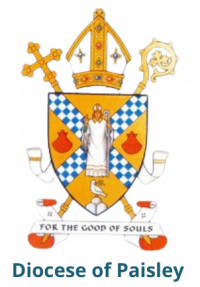Safeguarding Children and Vulnerable Adults
In God's Image
Read "In God's Image v2", the revised Instruction on Safeguarding in the Catholic Church in Scotland
What is Safeguarding?
Safeguarding is the shared responsibility of everyone to ensure the safety and protection of children, young people and vulnerable adults. It is also about ensuring the professional and safe behaviour of everyone who has a duty of care within our Catholic communities whether ordained or lay and whether in a paid or volunteer position. Safeguarding is not only a way to respond to harm but must be proactive in the prevention of any form of abuse or harm.
Ref: In God's Image page 9: Our Core Safeguarding Message.
What forms of abuse?
Abuse can take many forms and usually when someone is subjected to abuse more than one form is being used.
Types or forms of abuse include:
- Sexual
- Physical
- Emotional
- Domestic
- Spiritual
- Neglect
- Financial
- Ritual
- Female Genital Mutilation
- Rape
- Child Sex Exploitation
- Trafficking
- Grooming
How to respond to allegations
The Bishop’s Conference of Scotland has a mandatory Reporting Policy. All allegations of a criminal nature are reported to Police Scotland. This applies whether the accused is alive or deceased. Allegations must in the first instance be reported to the Diocesan Safeguarding Adviser. If the Adviser is not available please ask to speak to a member of Safeguarding Team.
If anyone discloses an allegation to you always remember to follow the nationally agree process:
Listen – Respond – Record – Refer
Please also refer to the following resource:
Allegation Audits
In 2013 the Bishops of Scotland published an audit of all the allegations of abuse which had been disclosed to any Diocese or Religious Congregation in the period 2006 - 2012. They committed to published such data annually thereafter. In 2018 they published a statistical review of all historical abuse cases for the period 1943 to 2005.
These Allegations Audits can be seen here on the website of the Bishops' Conference of Scotland.

